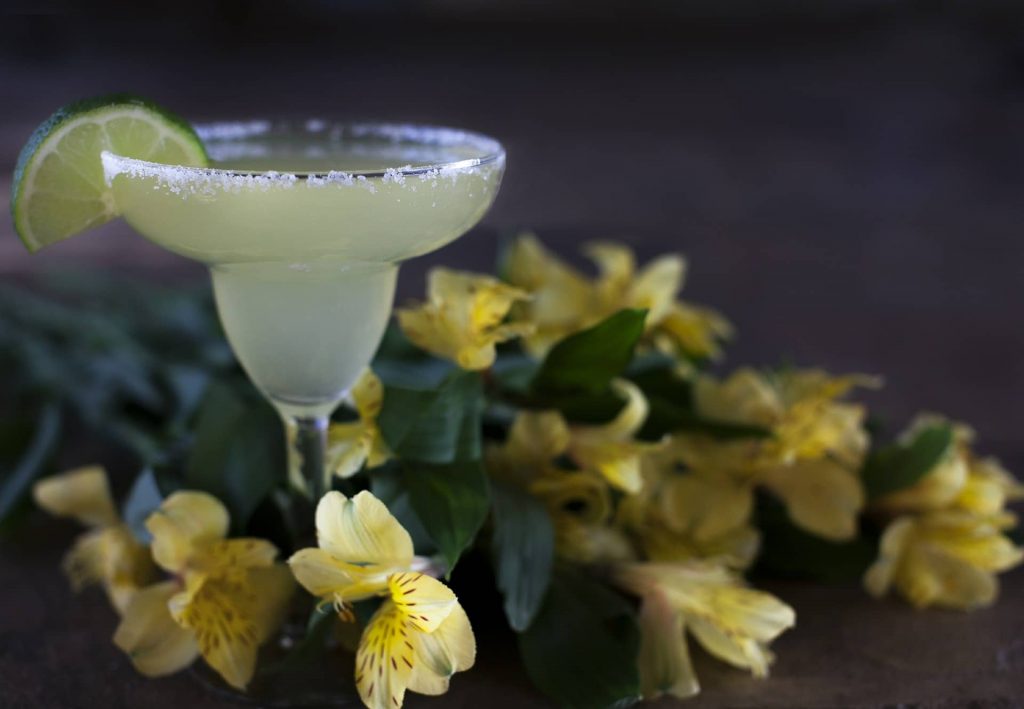Written by Emily Majorkiewicz and Edited by Lauren Cho

Alcoholic beverages have been around since traces of human technology first emerged over 12,000 years ago. Used for cultural, religious, and recreational purposes, alcohol has been a stable constant throughout the history of human societies. In recent times, however, there has been a growing debate regarding the appropriate age for legal drinking. Some argue that the current legal drinking age of 21 in the United States doesn’t make sense in our society. After all, if a person is old enough at 18 to get married or be drafted for war, why shouldn’t he be able to have a drink? Furthermore, many adolescents below the age of 18 already consume alcohol [3]. On the other hand, health experts that came up with the legal drinking age justify it by explaining that brain development approximately concludes around the age of 21 [1]. Since then, additional research about the age wherein brain development concludes has been conducted, and has revealed some interesting findings that may indicate there is an alternate “real” drinking age altogether.
It is commonly known that adolescence, roughly lasting between the ages of 13 and 19, is a sensitive stage of maturity for the brain [2]. During this time, the limbic system, responsible for functions such as human behavior and emotion, is still changing and is closely tied to the maturation of the prefrontal cortex, which is linked to personality and planning skills [4]. External toxins that come from the environment such as caffeine, cigarettes, and alcohol can affect the progression of synaptic plasticity and neurotransmitter release in these regions [1]. Given this information, it would seem sensible to set the drinking age to a point past adolescence.
However, new findings from longitudinal studies are now challenging initial assumptions about brain maturation. With more advanced neuroimaging techniques, scientists have been able to observe that myelination, which is essentially the insulation of neuronal axons with fatty material to boost the speed of neural network communication, reaches peak levels in the prefrontal cortex well after the early 20s [4]. If 21 was decided as the minimum drinking age based on the approximate age that brain development concludes, these results suggest that the current legal age for alcohol consumption may not be accurate after all. In fact, one would assume that the real drinking age should be much higher, most likely after the mid-20s to ensure full maturation of the prefrontal cortex.
The neuroimaging techniques used for these findings are immensely helpful for studying of brain evolution throughout different period of life, but do not offer a conclusive age for when the brain stops maturing. This can vary for each individual, depending on environmental conditions and genetic makeup. Above all, it is the individual’s responsibility to weigh the risks and monitor alcohol consumption.
References:
1.“Alcohol and Public Health.” Centers for Disease Control and Prevention, Centers for Disease Control and Prevention, 31 Mar. 2017, www.cdc.gov/alcohol/fact-sheets/minimum-legal-drinking-age.htm.
2.Arain, M., Haque, M., Johal, L., Mathur, P., Nel, W., Rais, A., Sandu, R., Sharma, S. 2013. Maturation of the adolescent brain. Neuropsychiatr Dis Treat. 9:449-461.
3.Engs, Ruth C. (1997, 2014). Why the drinking age should be lowered: An opinion based upon research. Indiana University: Bloomington, IN.
4.Sowell E.R., Peterson B.S., Thompson P.M., Welcome S.E., Henkenius A.L., Toga A.W. 2003. Mapping cortical change across the human life span. Nat Neurosci. 6(3):309-15.